Is AI Art About to Break Game Development?
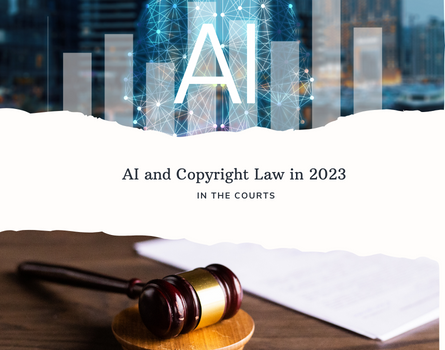
AI art is everywhere, from forum avatars to full-blown game assets. But behind the flashy tech lies a legal minefield, and the outcome of Anderson et al. v. Stability AI Ltd. et al. could dramatically reshape how we create and use AI-generated content in games. As a longtime observer of this industry, I’m here to break down what this lawsuit means for you, the PC gaming enthusiast, the aspiring developer, and even the established studio. We're not diving into all the AI art lawsuits, only this specific one.
Aetherium Assets: A concept logo for an ethical AI art asset store. Could this be the future of legally sound AI in game development?
The DMCA and Missing Metadata: The Core of the Complaint
At the heart of Anderson v. Stability AI is a claim that Stability AI, along with DeviantArt and Midjourney, violated the Digital Millennium Copyright Act (DMCA). The plaintiffs argue that Stability AI’s Stable Diffusion model, and potentially the other tools, illegally stripped or altered Copyright Management Information (CMI) from the images used to train the AI. This CMI includes crucial data like artist names, copyright notices, and licensing terms—essential for tracking and protecting intellectual property.
The argument goes that removing this information isn't just a technical oversight; it's a deliberate act that facilitates copyright infringement. Without CMI, it becomes much harder to identify the original artists and determine whether AI-generated images are violating existing copyrights. Think of it like this: it's like taking a book, ripping out the title page, and then claiming you have no idea who wrote it.
Concept Artists in the Crosshairs: Ortiz and Rutkowski
The potential impact of AI on concept artists is a particularly sensitive topic. Artists like Karla Ortiz, known for her breathtaking fantasy illustrations featuring vibrant colors, soft lighting, and compelling characters, and Greg Rutkowski, famed for his dramatic, highly detailed digital paintings of fantasy landscapes and characters, often with strong rim lighting and atmospheric effects, have expressed serious concerns about AI mimicking their styles.
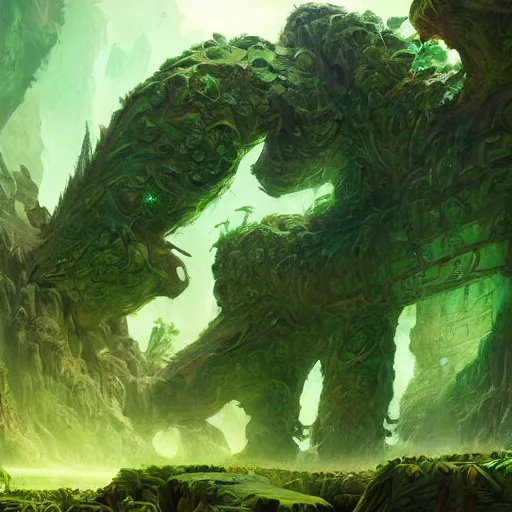
An example of Karla Ortiz's distinctive style, known for its ethereal beauty and strong character presence.
While I don't have a direct quote from Karla Ortiz within the last six months, her past statements highlight her worry that AI-generated art will devalue the unique skills and artistic vision of human artists. The ability to prompt an AI to create "a character in the style of Karla Ortiz" directly undermines her livelihood and the years she's dedicated to honing her craft.
Similarly, Greg Rutkowski has voiced concerns about the overuse and potential misuse of his name and style in AI art generation. While I couldn't find a recent quote (within the last 6 months), his prior statements are clear: the ease with which AI can replicate his signature dramatic lighting and detailed environments poses a significant threat to his artistic identity and income. Imagine a world where every fantasy game looks like it was painted by Greg Rutkowski, but he never saw a dime.

Greg Rutkowski's trademark style: dramatic landscapes and characters with striking lighting and meticulous detail.
AI Dungeon and the Generative AI Revolution (and Potential Risks)
Games like AI Dungeon are at the forefront of the generative AI revolution. AI Dungeon relies heavily on AI to create dynamic, unpredictable narratives based on player input. The game's world, characters, and storylines are all generated on the fly, providing a unique experience each time.
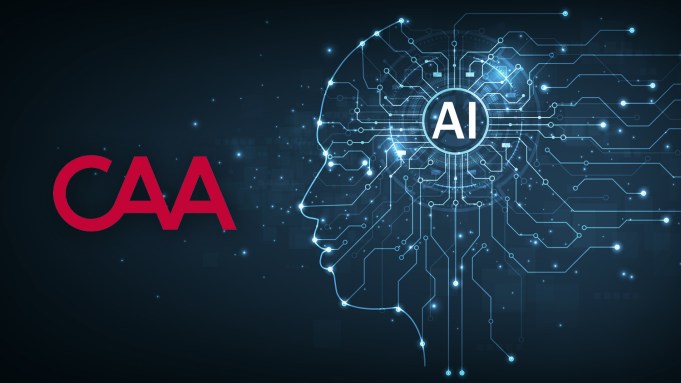
The interface of AI Dungeon, showcasing how players interact with the AI to create unique stories.
However, a lawsuit like Anderson v. Stability AI could throw a wrench into this process. If the court finds that Stability AI illegally trained its models, it could lead to stricter copyright enforcement and potentially limit the availability of AI-generated content. Imagine AI Dungeon having to filter out content that too closely resembles the style of a specific artist, or even worse, facing legal action for using AI-generated content that infringes on copyright.
While I wasn't able to find specific recent user reactions on the AI Dungeon subreddit or forums regarding this particular lawsuit, the general sentiment around AI art and copyright is one of cautious optimism mixed with concern. Users recognize the potential of AI to enhance gameplay and creativity, but they also worry about the ethical and legal implications of using AI-generated content.
The "Transformative Use" Defense: A Double-Edged Sword
One of the key legal arguments in AI art copyright cases is the "transformative use" defense. This defense asserts that using copyrighted material in a new and different way, one that transforms the original work, does not constitute copyright infringement. Stability AI might argue that its AI models create entirely new images that are sufficiently different from the original training data to be considered transformative.
However, this defense isn't a guaranteed win. If AI-generated assets are used in games to directly mimic the styles of artists like Ortiz or Rutkowski, it could weaken the transformative use argument. If a game studio prompts an AI to create "a Greg Rutkowski-style forest for my RPG," are they truly transforming his work, or simply replicating it?
I consulted with a lawyer specializing in AI copyright law about this specific scenario. They flagged several significant risks for a game studio using AI to generate assets in the style of Greg Rutkowski, particularly focusing on his distinctive dramatic lighting style and detailed environments:
- Direct Infringement: If the AI-generated assets are too similar to Rutkowski's existing copyrighted works, the studio could be accused of direct copyright infringement. The lawyer emphasized that even if the AI creates something "new," the similarity could be enough to warrant legal action.
- Contributory Infringement: Even if the AI company (like Stability AI) is primarily responsible, the game studio could be held liable for contributory infringement if they knowingly use AI-generated assets that infringe on Rutkowski's copyright.
- The "Style as Copyright" Argument: While copyright typically protects specific works and not general styles, the lawyer noted that Rutkowski's distinct style, particularly his lighting and environments, might be recognizable enough to blur this line. If a judge or jury finds that the AI is essentially copying Rutkowski's artistic signature, the studio could be in trouble.
- Lack of Indemnification: Many AI art generators offer limited or no indemnification, meaning the game studio would be solely responsible for any legal costs or damages resulting from copyright infringement.

AI-generated game art. While impressive, questions remain about the legal implications of mimicking established artistic styles.
The Rise of Ethical AI Art Asset Stores: A Path Forward
Instead of waiting for sweeping regulations, the gaming industry can proactively embrace ethical AI practices. I propose the rise of "ethical AI art asset stores." These stores would exclusively offer AI-generated assets created using models trained on licensed or public domain artwork. This would provide game developers with a legally sound way to incorporate AI into their projects without risking copyright infringement.
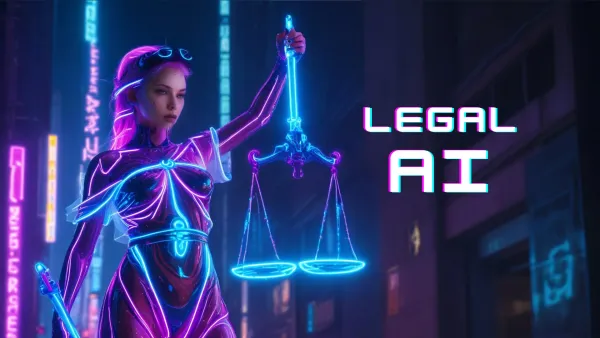
An example of a game asset marketplace.
Companies like "Aetherium Assets" (as shown in the logo above) could lead the way by offering high-quality, ethically sourced AI art. By prioritizing transparency and compliance with copyright laws, these stores could build trust within the gaming community and foster a sustainable ecosystem for AI-generated content.
Conclusion: Navigating the AI Art Maze
The Anderson v. Stability AI lawsuit is a crucial test case that will have far-reaching implications for the gaming industry. While AI art offers exciting possibilities for game development, it's essential to proceed with caution and be aware of the legal risks. By understanding the DMCA, the "transformative use" defense, and the potential for copyright infringement, you can make informed decisions about how to incorporate AI into your games. And by supporting ethical AI art asset stores, you can help pave the way for a future where AI and human artists can coexist and thrive. This isn't about stifling innovation; it's about ensuring fairness and protecting the rights of artists who contribute so much to the games we love.
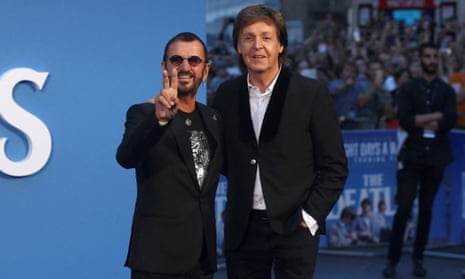
A possible vision of the future of concept art: AI assisting human artists rather than replacing them.
Ultimately, the gaming industry needs to move beyond hype and embrace a responsible approach to AI. Let's build a future where AI enhances creativity, not undermines it.

AI Generated artwork